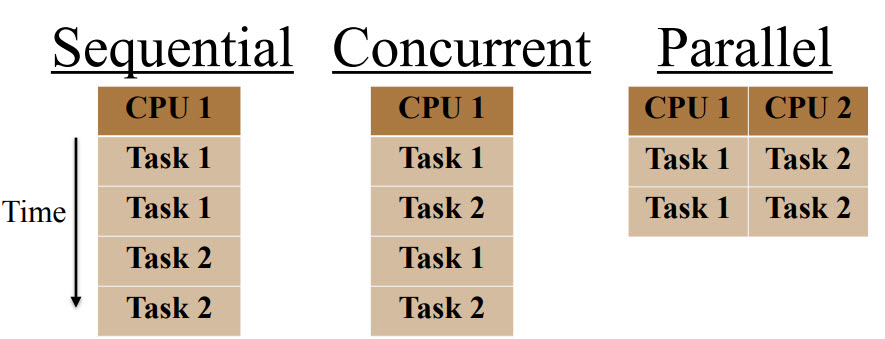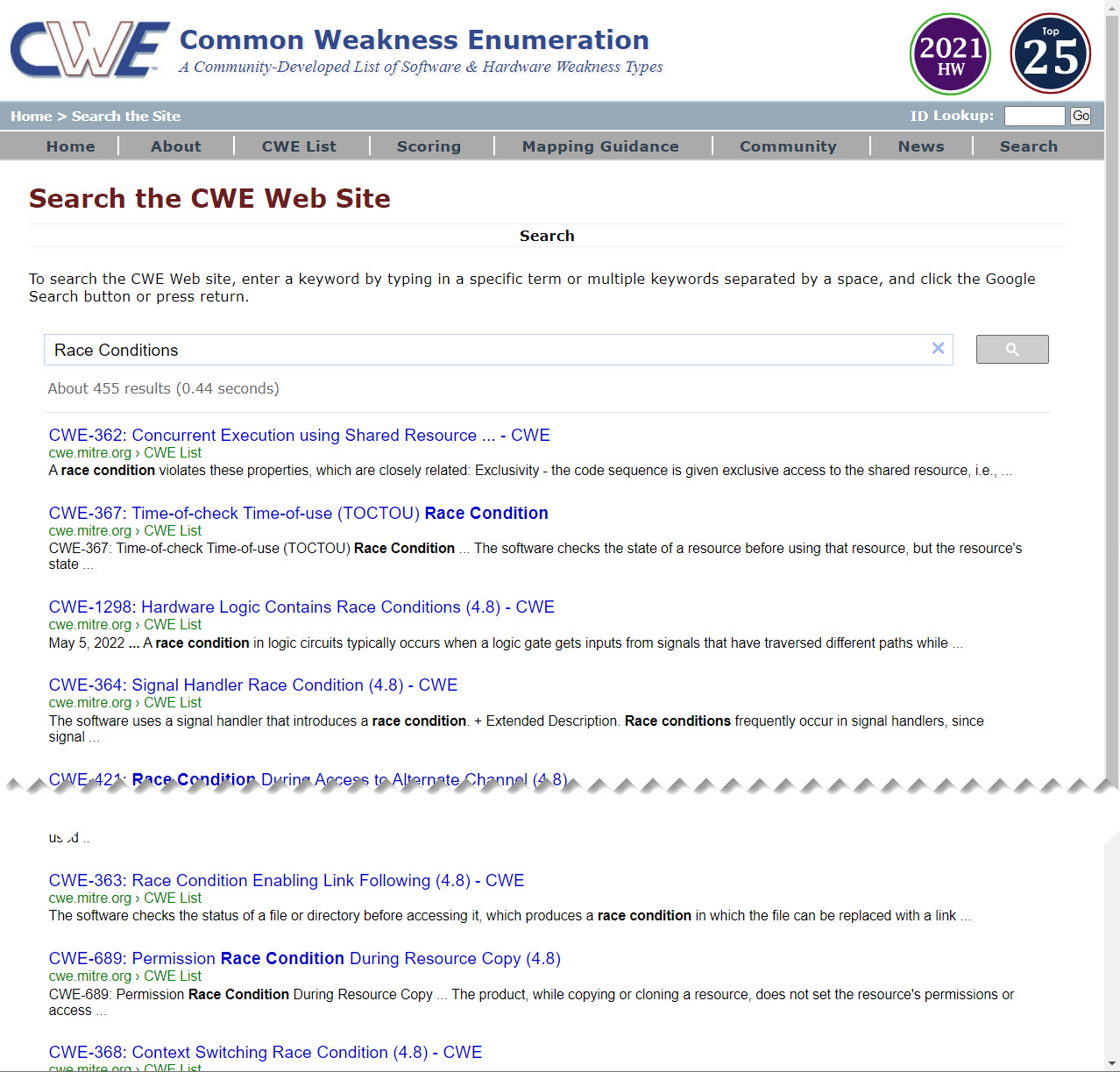Hello, 各位 iT 邦幫忙 的粉絲們大家好~~~
本篇是 建構安全軟體開發 系列文的 EP29。
在上回提到,SEI 所提出的 "Top 10 Secure Coding Practice":
在落實開發過程當中還有哪些觀念會影響到開發實作時的安全呢?
當代的程式設計與開發環境(無論是 .NET、Java、Python,那個 C/C++ 就...),通常會支援兩種概念的開發風格 (Style):
這裡以 C# 語言舉個例子,如果有 6 個學生的考試分數,想要知道這六位學生分數的總和與平均,以上述兩種作法撰寫的程式大致如下:
int[] scores = { 98, 78, 87, 56, 64, 100 };
var total = scores.Sum();
var average = scores.Average();
System.Console.WriteLine(total);
System.Console.WriteLine(average);
int[] scores = { 98, 78, 87, 56, 64, 100 };
var total = 0;
foreach(var score in scores)
{
total += score;
}
var average = (double)total / scores.Length;
System.Console.WriteLine(total);
System.Console.WriteLine(average);
以上述的例子來說,兩種作法最後都會得到 "總和為 483" 跟 "平均為 80.5" 的答案。
而使用上的對於開發者來說也都各有其優缺點,這就依照個人、團隊、組織...等的開發習慣與文化而定,無論採取上述的哪種開發風格的作法,這都不會造成其程式本身的安全性問題。
如果覺得有疑義,以 .NET 的 C# 語言來說,可以透過 Microsoft 所提供 .NET 的 "Code Analysis" (程式碼分析),去進行驗證:
https://learn.microsoft.com/dotnet/fundamentals/code-analysis/overview
而倘若再進一步的可以看到 "Code Quality Rules" (程式碼品質規則):
https://learn.microsoft.com/zh-tw/dotnet/fundamentals/code-analysis/quality-rules/
這些程式碼品質規則的範圍含括 "Design Warnings" (設計規則)、"Globalization Warnings"(全球化)、"Maintainability Warnings" (維護性規則)、"Performance Warnings" (效能規則)...等各種領域,則請視整體的專案需要而去搭配運用。
在這邊要提出的是其中有關 "Security Warnings" (安全性規則):
https://learn.microsoft.com/dotnet/fundamentals/code-analysis/quality-rules/security-warnings
這些 "Security Warnings" (安全性規則) 對於防止所開發者所撰寫的程式發生安全性瑕疵問題。
所以若是 "停用/忽略" 這些安全性規則中的任何一條警告,務必 "明確標示" 出在程式碼中的安全性警告發生的原因並對 "停用/忽略" 提出解釋,並且 "通知/請示" 管理此開發程式專案中所指定 "安全性管理人員",並在 "正規" 的 Code Review 中去詳實討論與檢驗。
可以套用看看到上述兩種開發作法上,去套用看看程式碼分析,看看會不會有迸出 "安全性規則" 的問題吧!
對了,再次強調是 "安全性規則" 的問題,若有迸出其他分類的規則問題(如:設計、效能...等)不在此討論範圍。
雖然前面所提的是 Managed Code 的開發環境為主,但 Microsoft 對於 C++ 的部分也是有一份 C++ 語言的安全性規則的檢查指引,詳見下方連結:
https://learn.microsoft.com/cpp/code-quality/code-analysis-for-cpp-corecheck
如果各位不嫌棄,還可以了解一下如何在 C++ 的開發環境當中使用,詳見下方連結:
https://learn.microsoft.com/en-us/cpp/code-quality/using-the-cpp-core-guidelines-checkers
非同步執行程式開發 (Asynchronous Programming) 在近代的程式開發運用上是相當常見的,所以開發實作上的安全性問題也更明顯且頻繁的發生。
在 "Asynchronous Programming" 當中有兩個詞 Concurrency、Parallelism,常被混淆成同樣的概念,但其實應該區分成:

上圖取自 Concurrency - Reace Condictions and Deadlock 第 2 頁。
也就是說,兩個執行中的程式可以同時運作(Parallelism),但是並非一定需要 "同時" 存取資源。
如果種 1 顆西瓜下去到成熟採收需要花 2 個月,那在 1 整年就只能種出 6 顆西瓜嗎?
結論:
所有的 Parallelism 可能會發生 Concurrency,但並非所有的 Concurrency 都來自 Parallelism。
CWE-820: Missing Synchronization
If access to a shared resource is not synchronized, then the resource may not be in a state that is expected by the software. This might lead to unexpected or insecure behaviors, especially if an attacker can influence the shared resource.
這就沒什麼好說的,就是明明白白的列在那裏的 CWE-820 弱點,而其中 Concurrency 最常出現的漏洞性問題是 "Race Conditions"。
CWE-362: Concurrent Execution using Shared Resource with Improper Synchronization ('Race Condition')
The program contains a code sequence that can run concurrently with other code, and the code sequence requires temporary, exclusive access to a shared resource, but a timing window exists in which the shared resource can be modified by another code sequence that is operating concurrently.
... 略 ...
A race condition violates these properties, which are closely related:
- Exclusivity - the code sequence is given exclusive access to the shared resource, i.e., no other code sequence can modify properties of the shared resource before the original sequence has completed execution.
- Atomicity - the code sequence is behaviorally atomic, i.e., no other thread or process can concurrently execute the same sequence of instructions (or a subset) against the same resource.
這個安全性弱點(CWE)而造成的明確的安全性漏洞(CVE)其實不少,就舉近兩年的 CVE-2021-1782、CVE-2021-0920、CVE-2020-6819 就好,更別說更早之前所造成的安全性漏洞 (CVE) 還有額外的 17+ 個。
其實針對這個 Race Conditions 的情境,通常會發生在下列三種特徵出現的時候:
可透過下列兩種概念的調整設計,去避免上述的三種特徵的任一項,以解除會發生 Race Conditions 的情境:
運作概念如下圖:
上圖取自 Concurrency: Race Conditions and Deadlocks 第 7 頁
不過,理想上是如此,但處理不好也可能會造成其他問題,如: DeadLock...等,但這又是後話了。
而透過 "Race Conditions" 關鍵字在 CWE 網站上搜尋,其實還有很多安全弱點的存在:
尤其 "查用不一(TOC/TOU)" 造成的 Race Condition 後,進而繞過權限檢查或保護機制: "CWE-367: Time-of-check Time-of-use (TOCTOU) Race Condition" 也是有過不少著名的 CVE 漏洞,如:CVE-2015-1743、CVE-2008-1570...等。
Concurrency 也會產生 Thread Safety 的問題:
https://datacadamia.com/data/concurrency/thread_safe
所以又得透過 Synchronization 的方式來處理,可參考下列連結:
https://datacadamia.com/data/concurrency/synchronization
